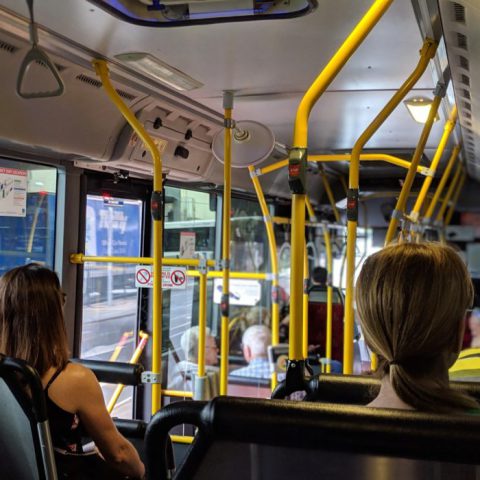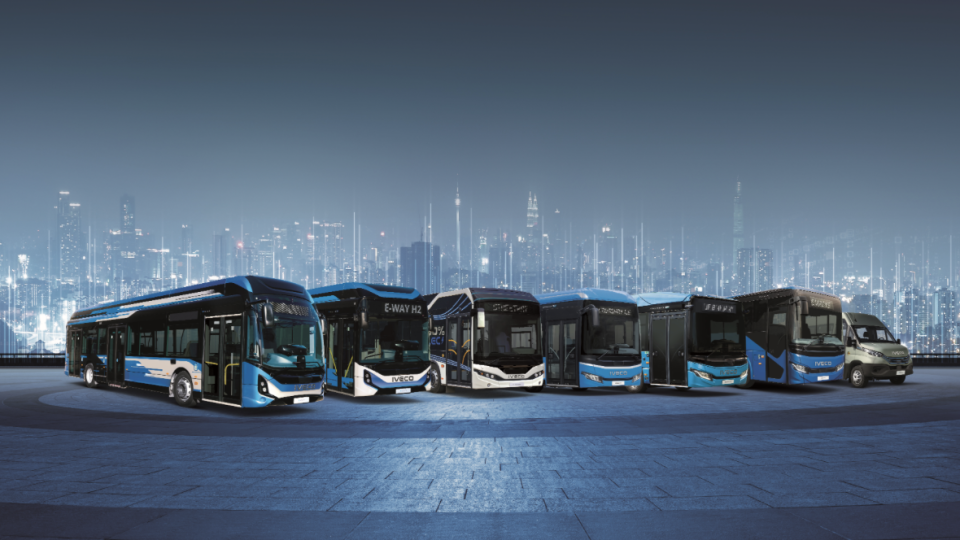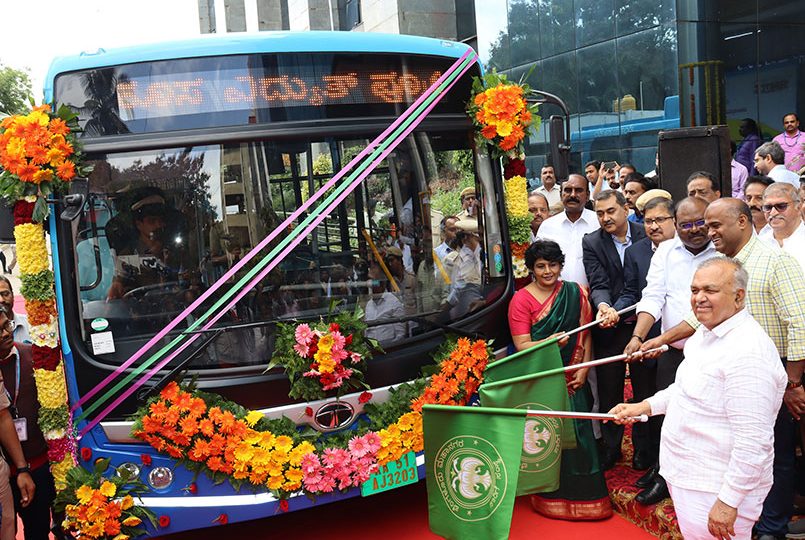OpenMove launches Bluetooth validation in Trentino
The OpenMove app in Trentino is used by more than 100,000 users and allows users to plan their intermodal route by taking advantage of the entire local public transport network in the province of Trento-including urban and suburban buses, cable cars, and regional trains-consult timetables by line and stop and purchase tickets with a single […]

The OpenMove app in Trentino is used by more than 100,000 users and allows users to plan their intermodal route by taking advantage of the entire local public transport network in the province of Trento-including urban and suburban buses, cable cars, and regional trains-consult timetables by line and stop and purchase tickets with a single touch and then validate them when boarding the vehicle.
As of Monday, December 5, a select group of users had access to the Bluetooth validation feature on the more than 700 vehicles operated by Trentino Trasporti, which is in addition to the other types already in use such as on-board QR code reading and NFC tag scanning. After the first few weeks of testing, the feature will be extended to all users of the OpenMove app.
The new feature allows users’ smartphones, thanks to Bluetooth technology, to automatically detect the vehicle they have boarded, making the user experience even smoother. Facilitating access to public transport is indeed crucial to facilitate modal shift to local public transportation: compared to the private car, public transport suffers from desirability because it is often laborious to plan the route in advance, find the stop and purchase the ticket: thanks to the OpenMove app with integrated route finder, timetables and tickets at your fingertips, many barriers to accessing public mobility can be broken down, incentivizing its use. Engaging a new mode of validation such as Bluetooth goes precisely in this direction: it is easier for users, enables faster wrapping at the stop, and improves the richness of data for the transport operator, who can thus have their finger on the pulse of mobility flows in real time. The goal of OpenMove is to enable easy, intermodal access to mobility, just as it is immediate to get into a car and turn the key in the dashboard.
Bluetooth validation is only one of the technologies by which a transportation ticket can be validated. In fact, the OpenMove platform is agnostic in the fronts of validation technologies. The OpenMove Suite, in fact, containing within it a true Account Based ticketing system, can offer both “direct” and “reverse” validation paradigms, just as described in ISO/TR 20526:2017. The direct paradigm is the traditional one, in which the active element of validation is a traditional validator installed on board the vehicle or at the station. The reverse paradigm, on the other hand, involves the active validation element being the user’s smartphone (acting as a ticketing medium), due to the device’s capabilities to capture the validation data and communicate it to the center system. The ability to handle both scenarios within a mobility platform represents the state of the art in Electronic Ticketing Systems, as well as an important requirement for enabling a MaaS project in a territory.
OpenMove has decided to implement this innovation in the smartest way possible, both for the transport operator and for the users: in fact, the smartphone communicates with the on-board hardware that is already present, so there is no need to install additional devices. In case on-board vehicle devices do not allow this, there is always the possibility of installing simple battery-powered beacons that emit the Bluetooth signal necessary for validation. These devices allow ticketing waypoints to be saved even without proactive intervention by travelers, enabling a hands-free travel experience.
The possibility of managing both Bluetooth validation approaches (exploiting beacons or signals emitted by devices already on board the vehicle) testifies once again to the flexibility of the OpenMove Suite in its modular and agnostic approach to specific technologies for the validation process.The continuous improvement of the user experience, in line with the customer centric perspective that has always distinguished the company, and the possibility of finding in the Trentino area a Living Lab in which to experiment with new features are the two conditions that made this project possible.
Future prospects are even more exciting, e.g., the Be-in / Be-out scenario without any action on the part of the user upon boarding the vehicle, “best fare” logics (i.e., automatic calculation of the best fare), gamification with possible rewards, and extension to other modes of transportation as well. A further possibility offered by the OpenMove Suite is to smoothly enable both planned and DRT scenarios in a fully integrated form, adapting the mobility landscape to the demands and expectations of modern users.








